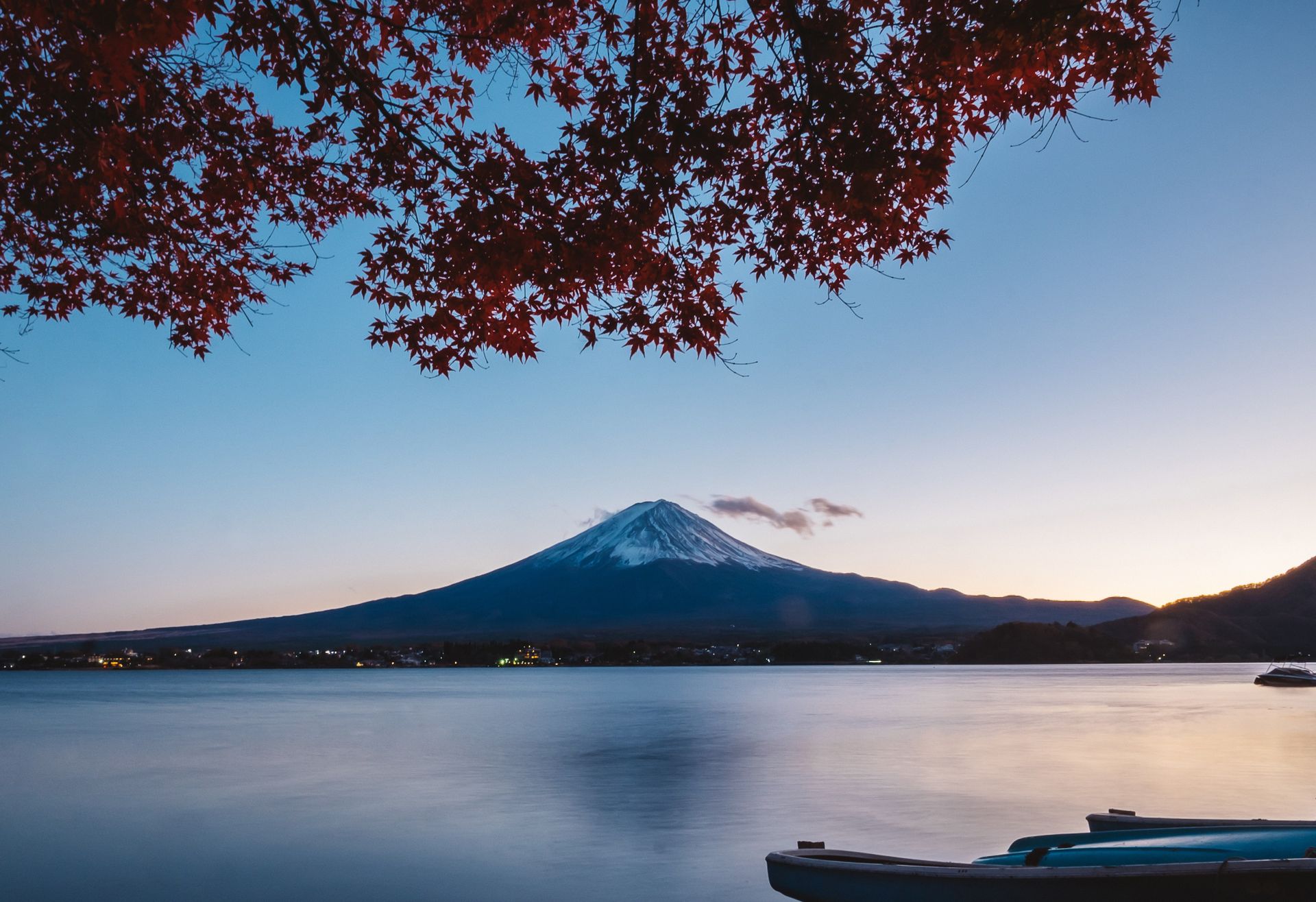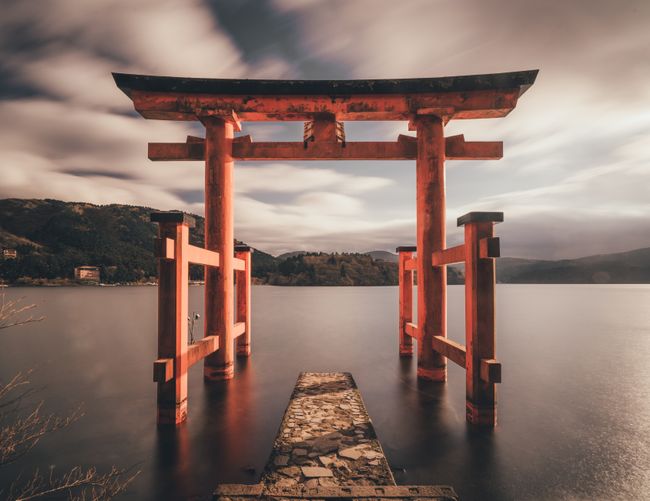In the former capital: Kyoto
Публикувано: 21.10.2019
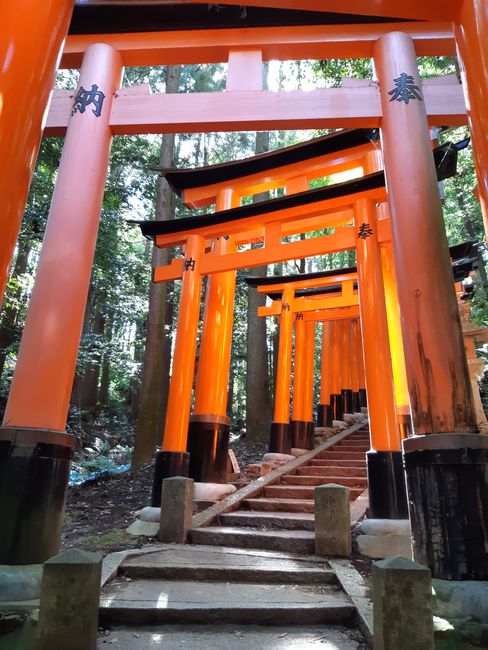



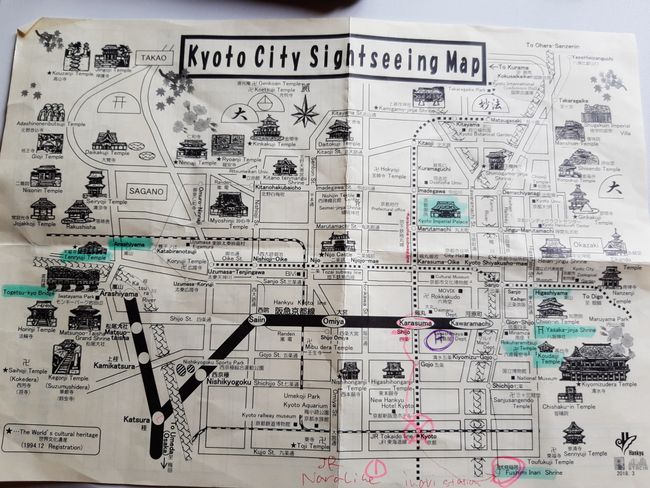
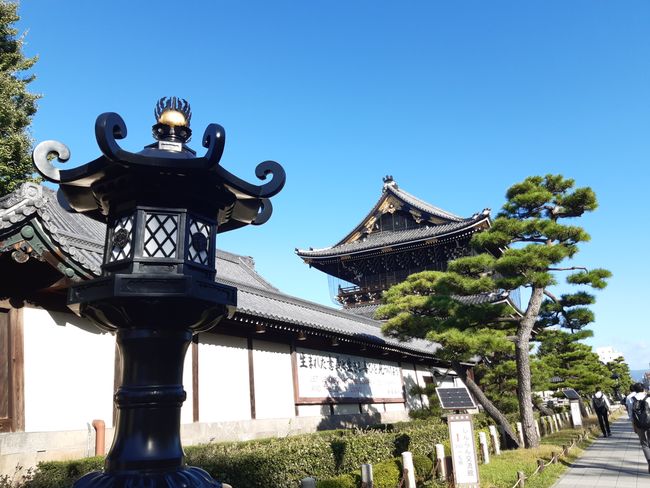

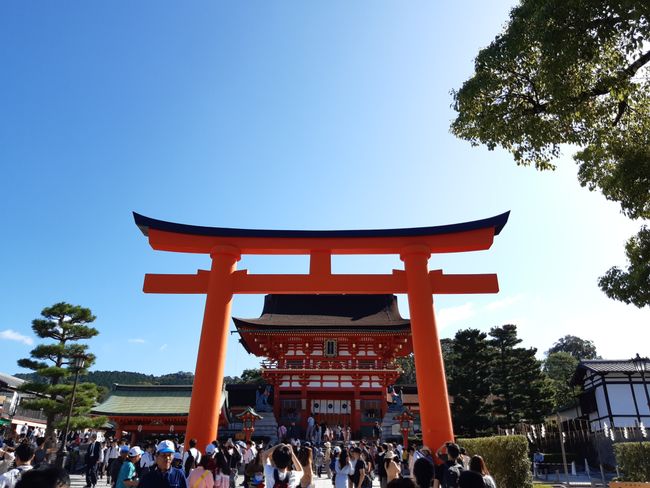
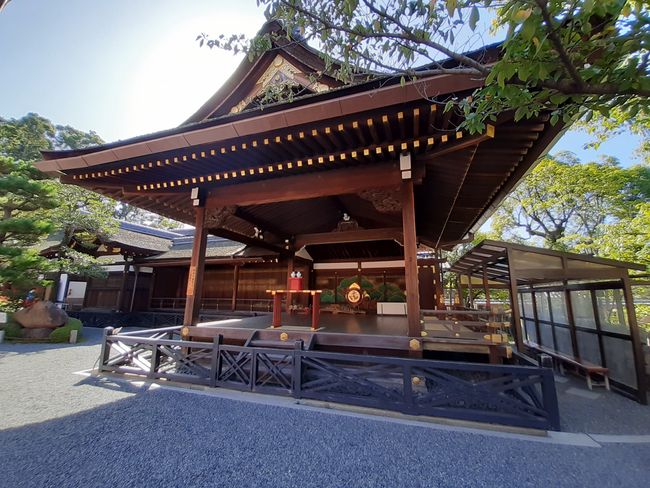
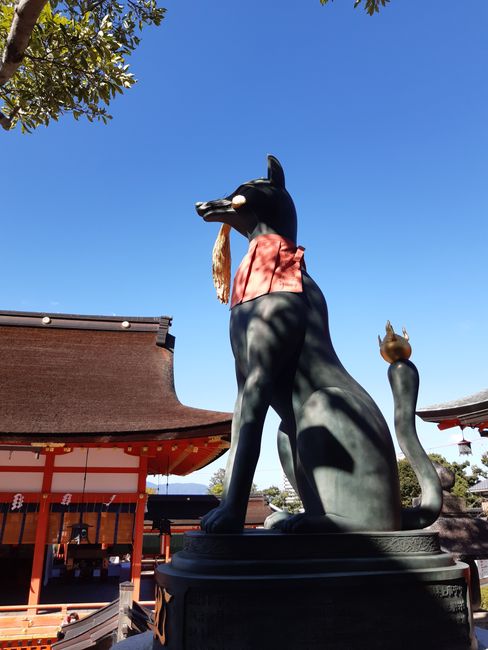
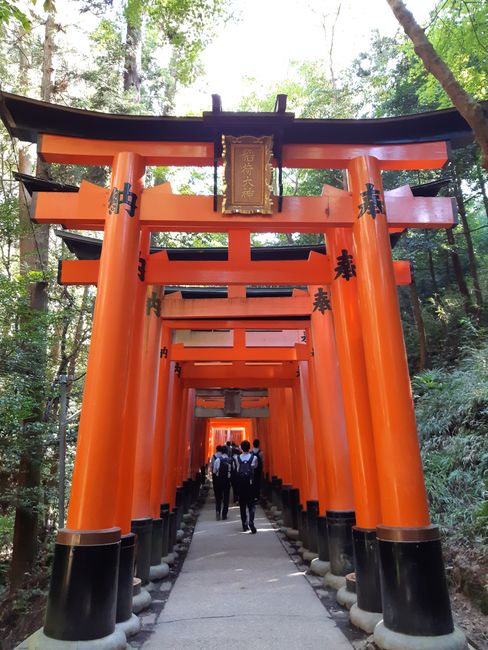
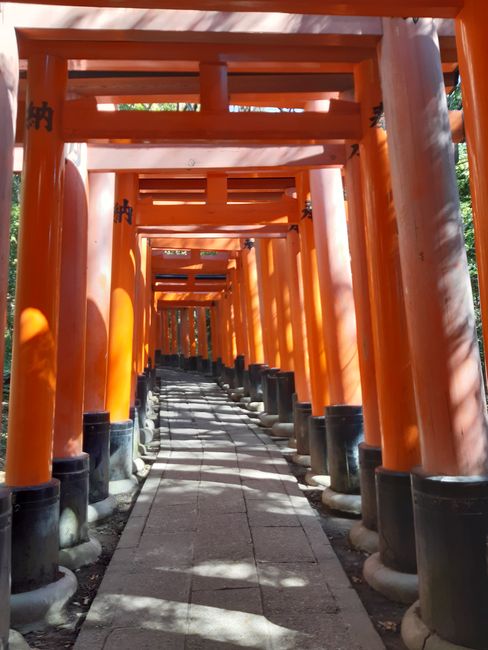
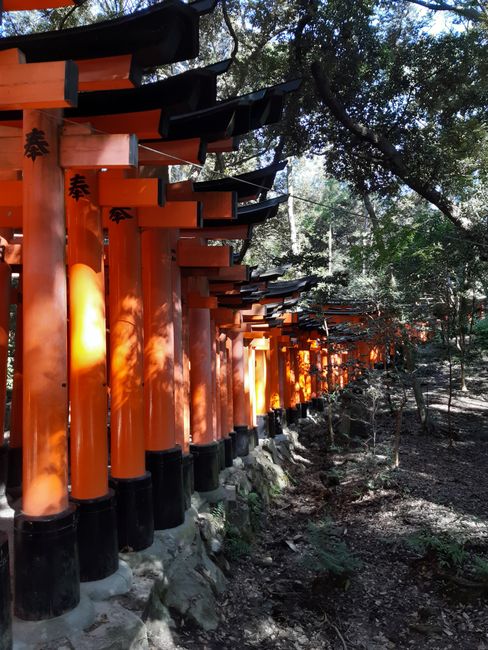
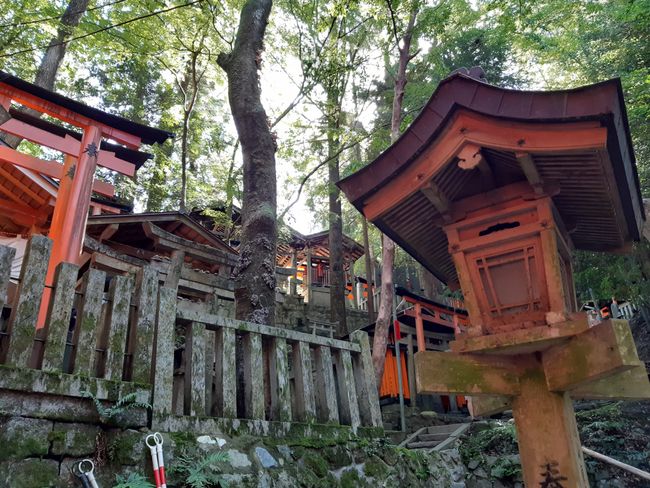
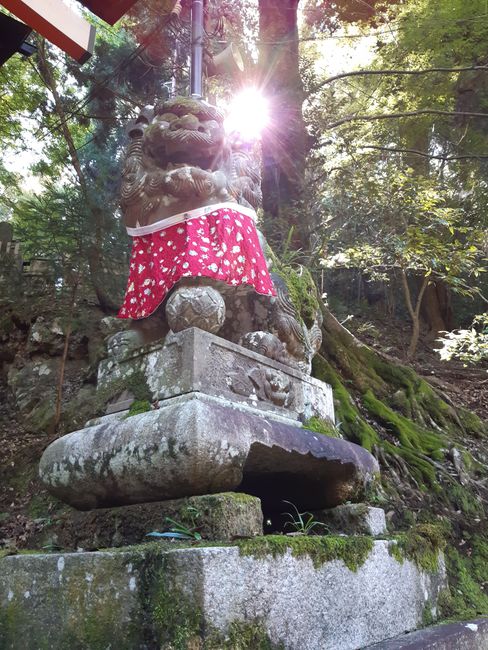
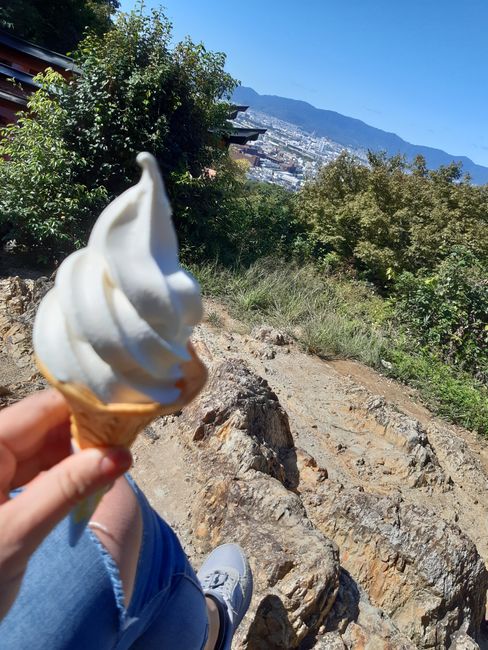
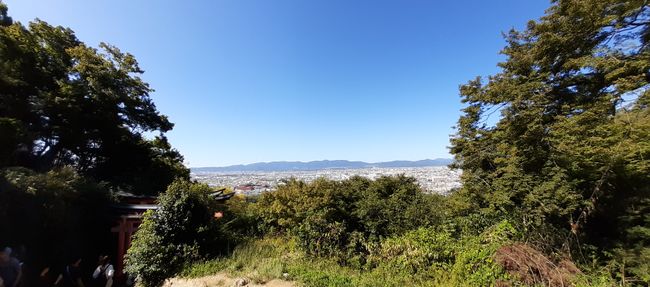
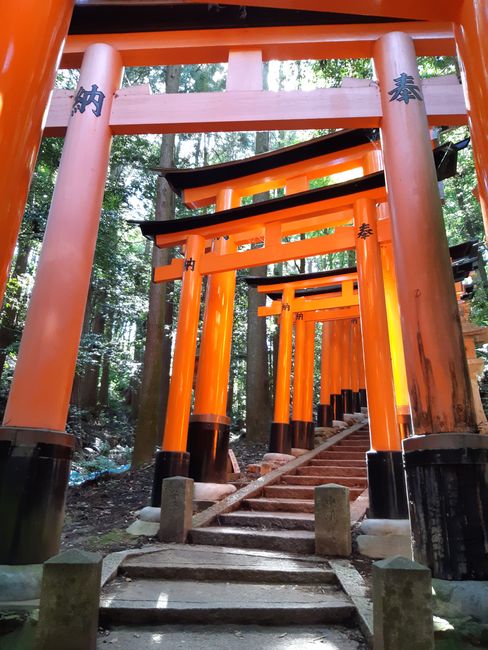
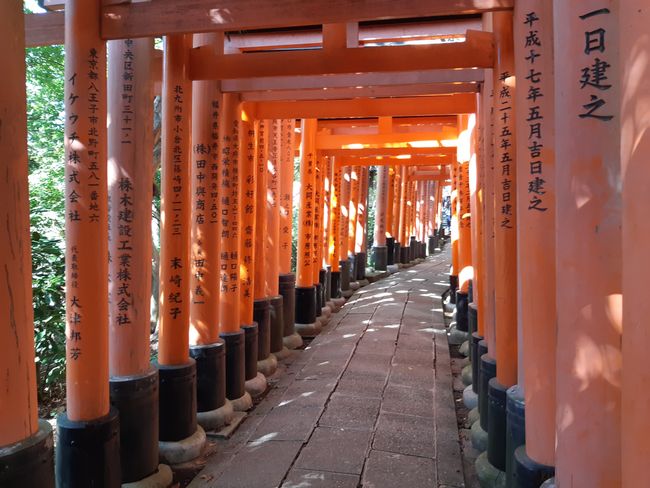
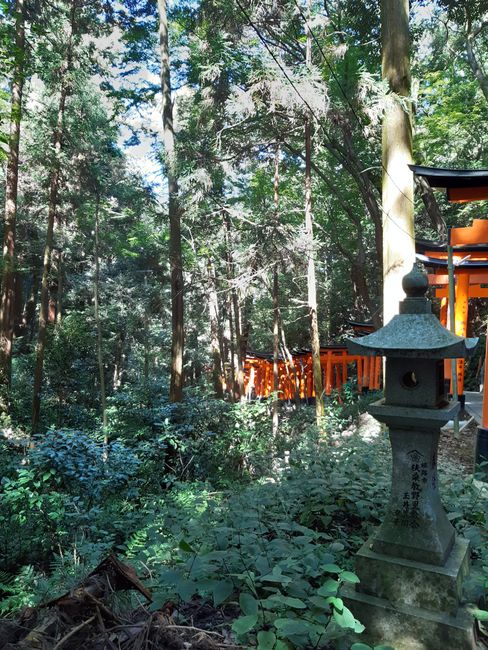
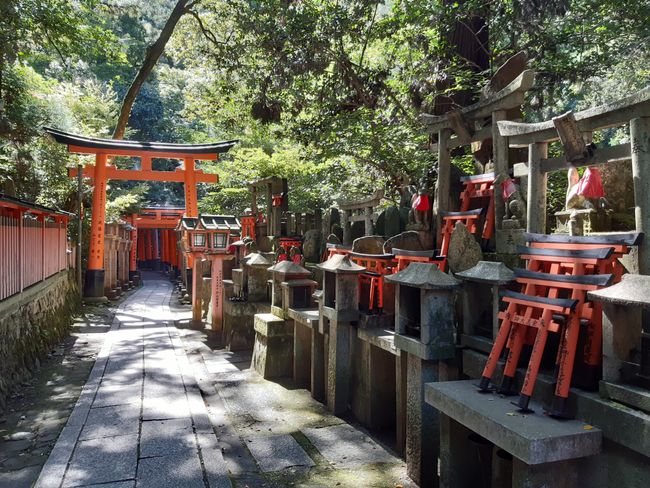
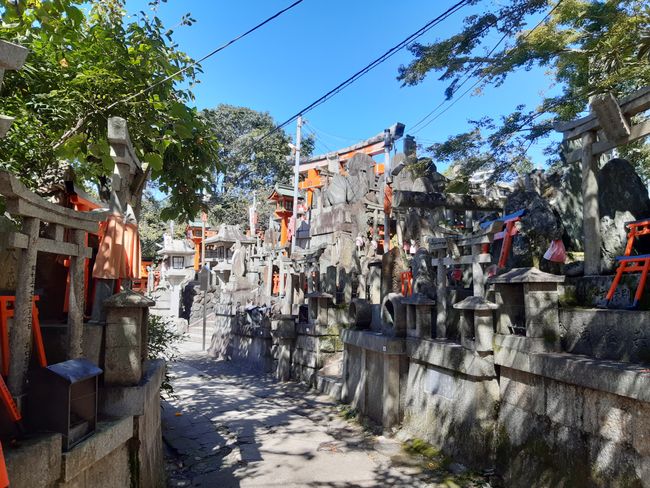
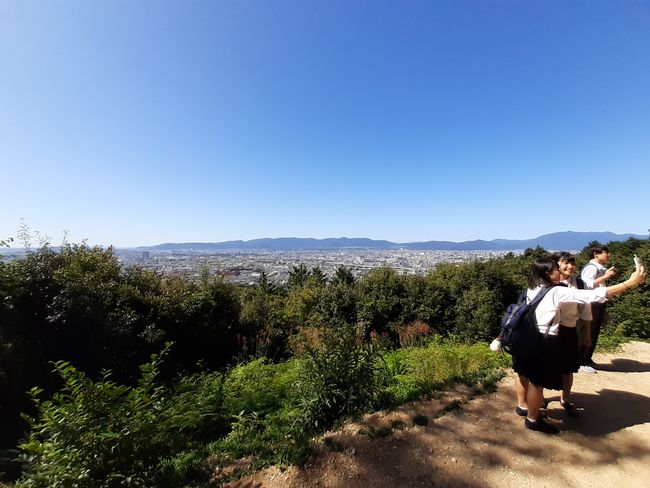
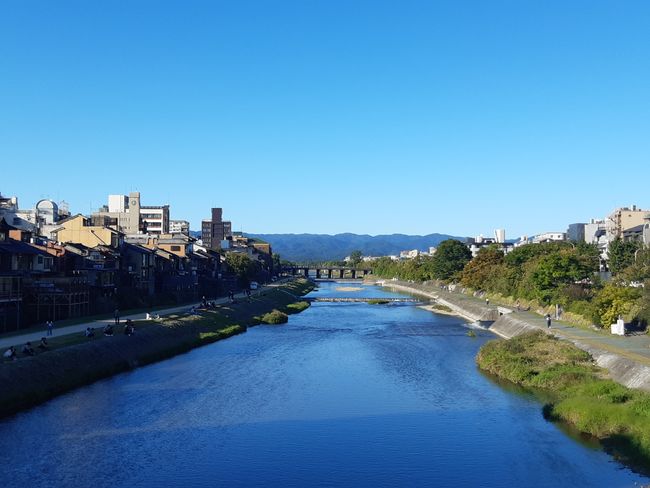
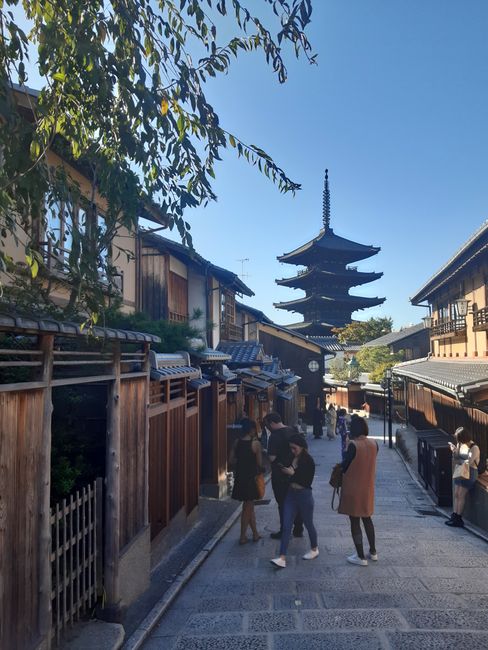
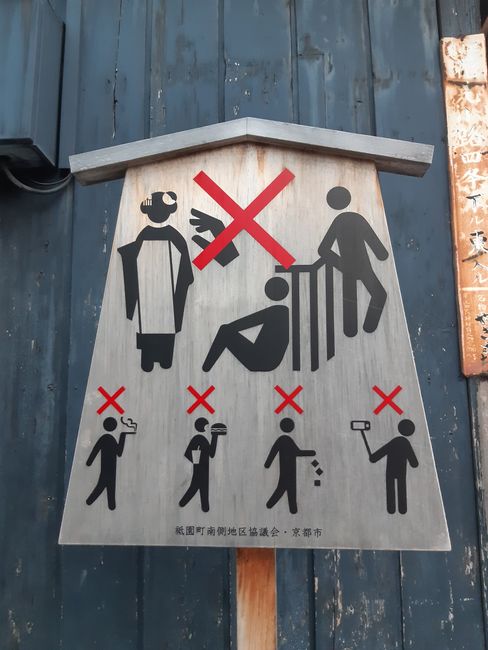
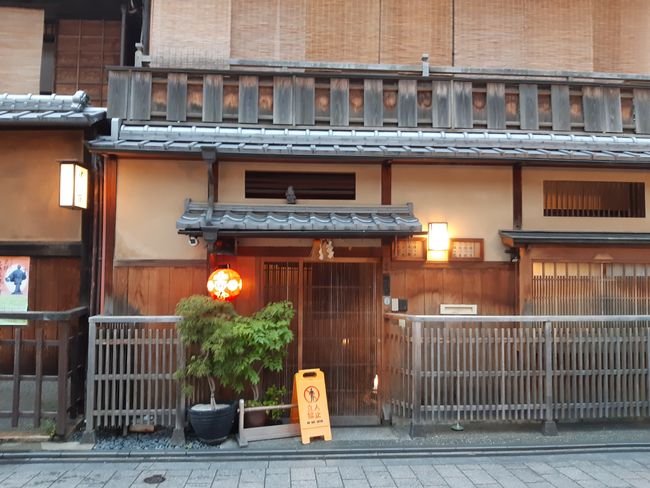
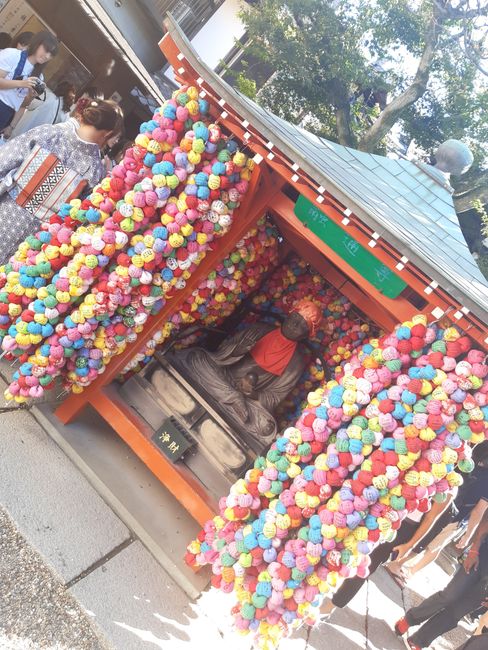
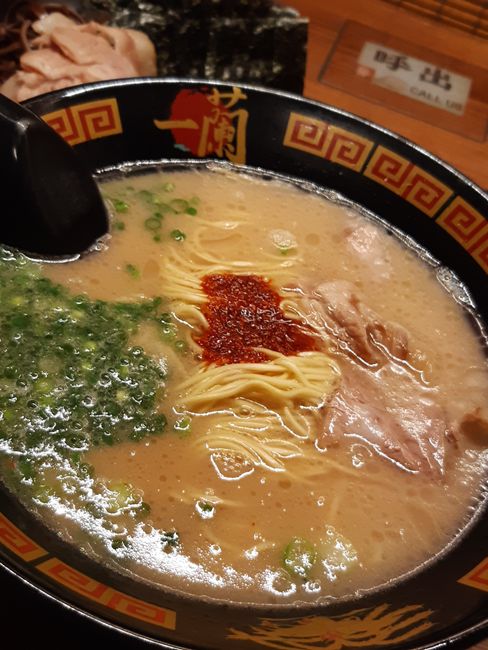
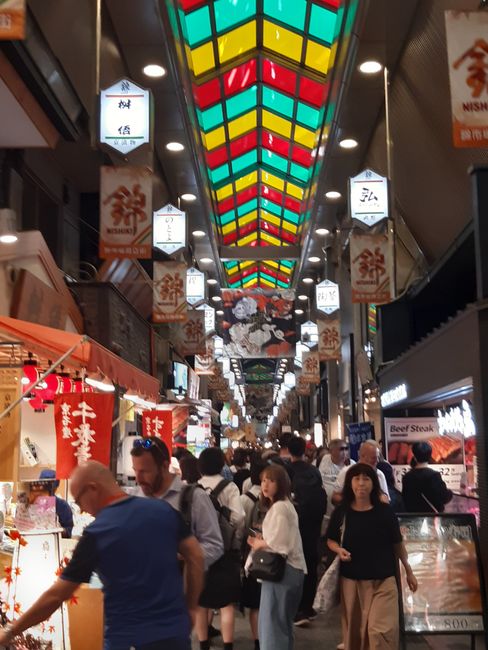
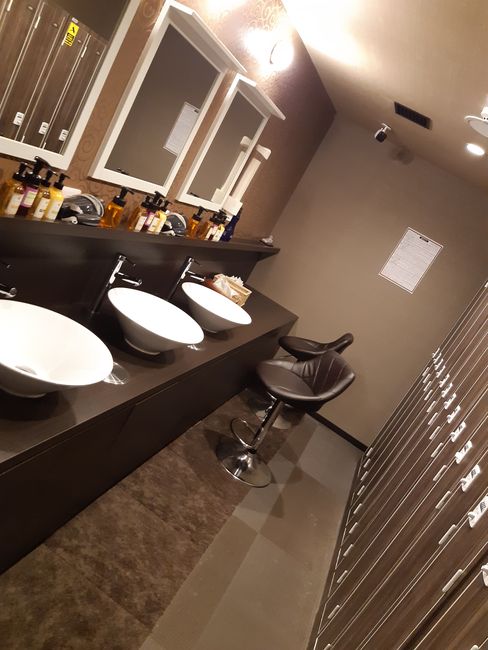
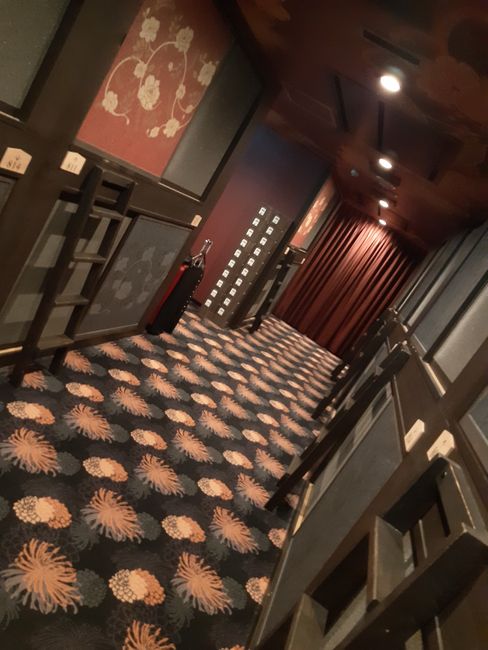
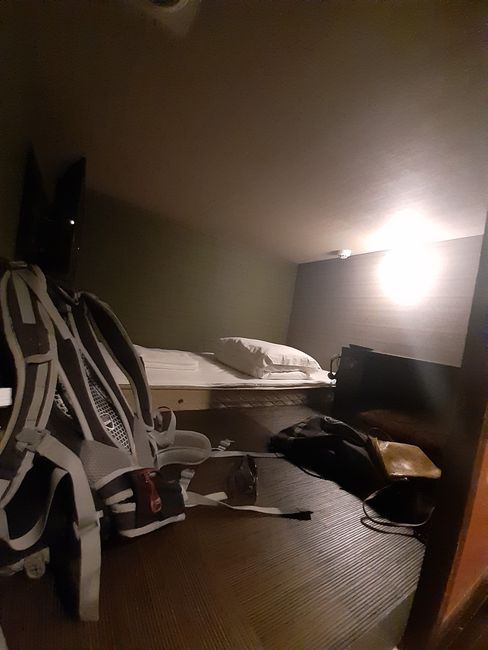
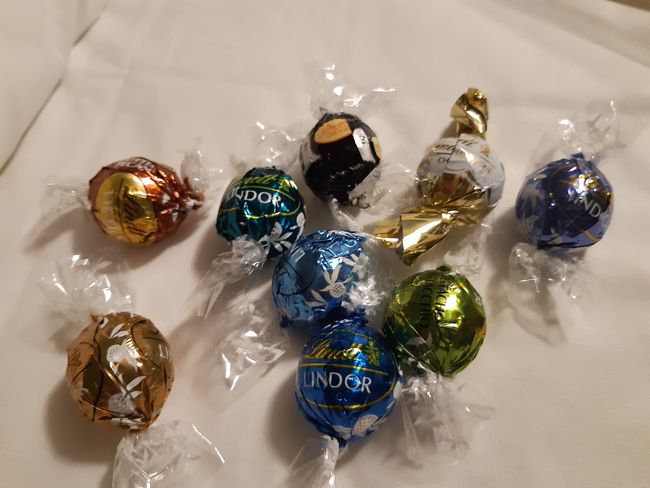
Абонирайте се за бюлетин
09.10.2019 - Short trip to Kyoto (1)
Actually, I wanted to go to Kyoto on the long weekend and had already booked my hostel. But when I tried to book the allegedly cheap night bus (starting at €25 compared to the several hundred Euro expensive Shinkansen) 1.5 weeks before, it turned out that it is not so cheap around (extended) weekends - it started at 11,600¥, which is about €96... just for the one-way trip! That was a bit too much for one of many short trips... especially since, as I then found out, rides during the week are actually offered starting at 2,500¥ (~€20). After a quick look at my planner (only meetings on Tuesdays) and the weather forecast (sun from Tuesday to Thursday and rain on the weekend), I quickly booked tickets for Tuesday night to Kyoto and Thursday night back, and changed my hostel reservation to Wednesday. The latter also became 50% cheaper - €20 instead of €40. So I even treated myself to the €3 more expensive superior sleeping box 😋 With that, I paid less than €80 for the trip, hostel, and return journey overall 🦊🤗
Well, as it turned out later, that was not only the best decision in terms of price 😅🌪
A night in the Cherish VIP Liner 🚌
The bus started on Tuesday evening at 23:30 from the bus terminal at Shinjuku Station, just a 30-minute evening walk from my apartment. Despite the late hour, there was still a lot going on: the waiting room was crowded and the night buses departed from the 12 stops every 10 minutes. 'My' bus was by no means the most luxurious, but one of the cheapest and even comfortable compared to the economy class on the plane. Instead of armrests, the seats were separated by a small 'partition' and a curtain, there was a wide, soft footrest, a blanket, a small pillow, and a 'block' so that the lower back does not hang in the air when the seat is tilted. And when the people from the other Tokyo stops were picked up, a short video explained how to adjust the seat and that after a short animation with a sleeping melody, the seats should be fully reclined - so that you were almost completely horizontal. Then the lights went out and except for weak emergency lights, it was completely dark thanks to completely closed, opaque curtains. The only downside to the whole thing: the seats could have been a bit wider, if you are not a small, slim Japanese woman. So despite the curtain and partition, I was quite happy to have booked a bus only for women 😉


It wasn't the most comfortable night, but I surprisingly arrived in Kyoto at 7:30 am, well-rested and with the sun shining brightly. The bus stopped directly at the lounge of the bus company, where you could use a waiting area, toilets, and a 'powder room' to freshen up.
Changed, made up, and with cleaned teeth, I made my way to the hostel to drop off my belongings. From there, I went straight to one of the most popular Instagram photo spots: the Fushimi-Inari Shrine.

The Fushimi-Inari Shrine ⛩
The shrine, located in the southeast of Kyoto, is known for its 10,000 torii gates that form a path from the main temple to the summit of Mount Inari. Although I arrived at the main temple at only 9:30 am, it was already crowded with tourists and heaps of school children in their uniforms. And they all took photos of the torii gates and themselves in the midst of the torii gates... well, I did too 😉 The further up the mountain from the main temple, the more pleasant it became fortunately, and you could even take photos without other people and without feeling crowded. From the mountain, you had a wonderful view over Kyoto and, when you were alone, the atmosphere with the red torii gates in the green forest was really mystical.

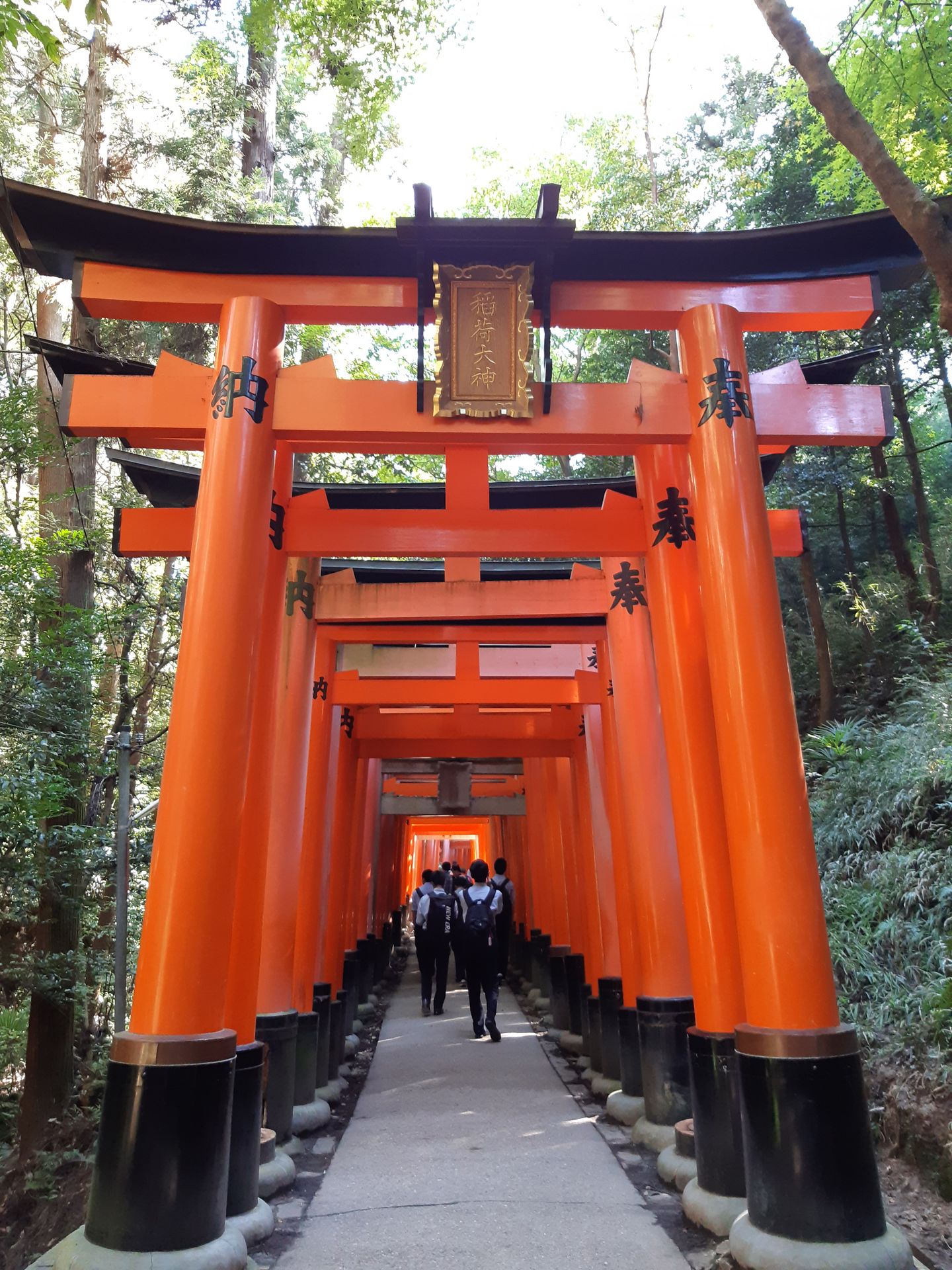

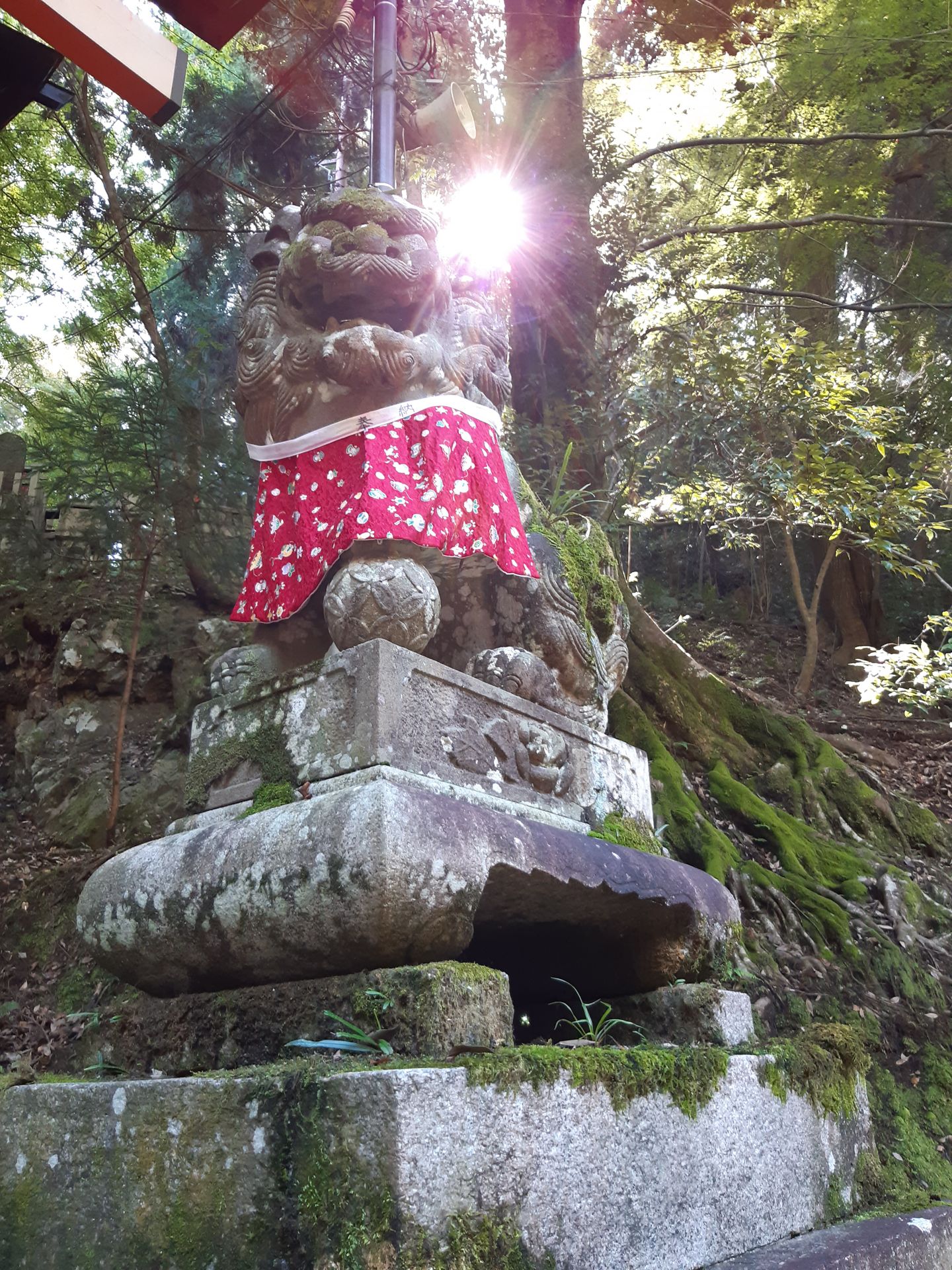
A guided tour through Gion and Higashiyama
I just managed to get back with the train in time for the free guided tour through the entertainment district Gion and the historical city center Higashiyama with its traditional wooden houses.
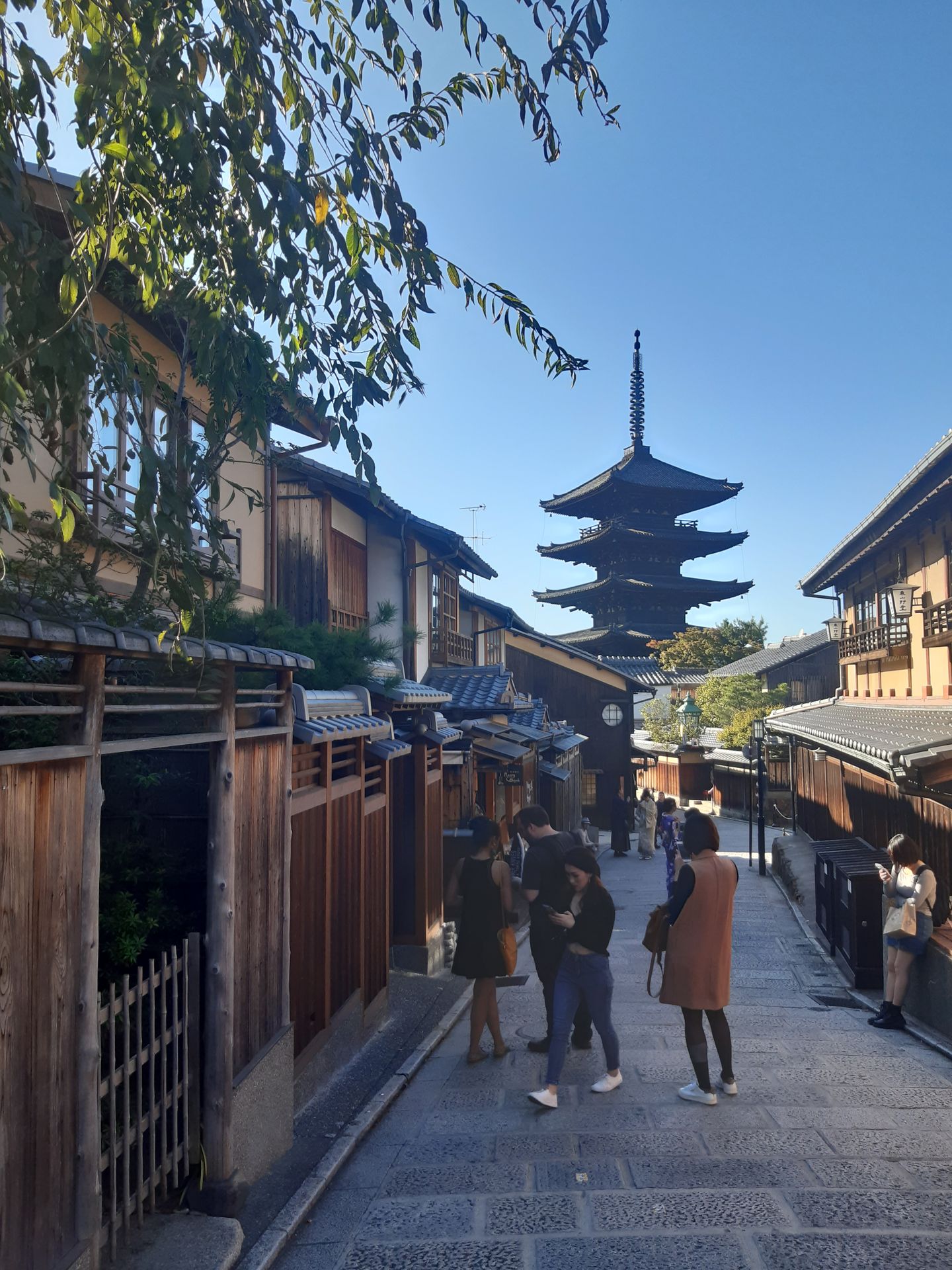
In 2.5 hours, the Australian Dominic not only told us interesting things about the districts, their shrines and temples, but also a lot about Buddhism and Shintoism in Japan and especially about geishas and maikos.
About Maikos and Geishas 👘
· Maikos are geishas in training.
· Kyoto geishas are the most highly regarded due to their long, traditional training.
· Geishas are artists and entertainers who mainly earn their money with tea ceremonies and performances in tea houses.
· The training to become a geisha takes about 5 years.
· After completing middle school, the girls must find an experienced geisha. If she accepts them as an apprentice, the girls move in with her and she takes care of the introduction and a part of the training as well as all the costs associated with the girls (and a kimono costs about €10,000).
· After a one-year introductory phase, the maiko can apply to a geisha school, where she is then trained in various arts.
· She is assigned an older maiko or a young geisha as a mentor.
· After completing the training, the new geishas usually continue to live with their house mother until they have paid off their debts.
· If geishas want to get married, they retire from the profession, as they cannot fully fulfill their geisha obligations while being a wife. A return to the profession is not possible.
· Traditionally, the house mothers adopt one of their apprentices, who then continues their 'house'.
· Maikos...
- wear colorful, eye-catching kimonos
- only apply lipstick to their lower lip (older maikos add the middle of the upper lip as well)
- wear their real hair in an elaborate updo
- emphasize their real hair with a small gap between the hairline and white makeup during performances
- go to the hairdresser about once a week and then sleep on a 'wooden block' so that the expensive hairstyle lasts the rest of the week
- are not allowed to have cell phones
· Geishas...
- wear rather plain kimonos that do not distract from their abilities
- apply lipstick to both the lower and upper lips
- wear a simple bun for everyday life
- often have a small bald spot at the back of their head from wearing the heavy hairstyles for years
- wear wigs for performances - with a seamless transition from white makeup to the hairline
· The hairdresser is one of the most respected personalities in Kyoto, as he hears all the gossip and insider information that the geishas and maikos overhear in the tea house
· Tea houses are like the Japanese 'clubs' where important men decide on politics and economics over tea and artistic performances.


About Shintoism and Buddhism
· Japan is one of the few countries where 2 religions exist side by side and are practiced in parallel.
· Most Japanese people do not see themselves as religious (even though there is a temple and/or shrine on every corner).
· Shrines belong to Shintoism and are dedicated to a nature god.
- There are nature gods for everything (which is why there are so many shrines).
- A lot of shrines are dedicated to the rice god Inari, who is symbolized by a fox (in Germany, there would probably be a god of bread or potatoes 😂)
- Even mountains and objects over 100 years old have a deity inside.
· Temples belong to Buddhism, which came from China to Japan in the 6th century.
- At first, the 'artistic' aspects were mainly adopted: Zen gardens and richly decorated temples.
· Japanses baptisms and weddings take place in a shrine, while funerals take place in a temple.
· Shrines and temples are mainly financed by donations and possibly entrance fees.
The capsule and spa hostel
After the short night and so much information, I was happy to finally check into the hostel after a huge and delicious portion of ramen around 6 pm. I even took a 4-hour nap in my sleeping box 😅
Around 10 pm, I managed to muster the energy for a quick visit to the konbini next door and the spa area of the hostel. Especially considering that I only paid €23 for the night, the spa area was really good!
On the floor with the sleeping boxes (for women only), there were only toilets (with the obligatory extra pink toilet slippers) and sinks in the 'powder' room. All the showers were in the onsen area of the hostel in the basement. There was also a small sauna and an onsen pool with a strong bubble function - just perfect after a long day of sightseeing 😊

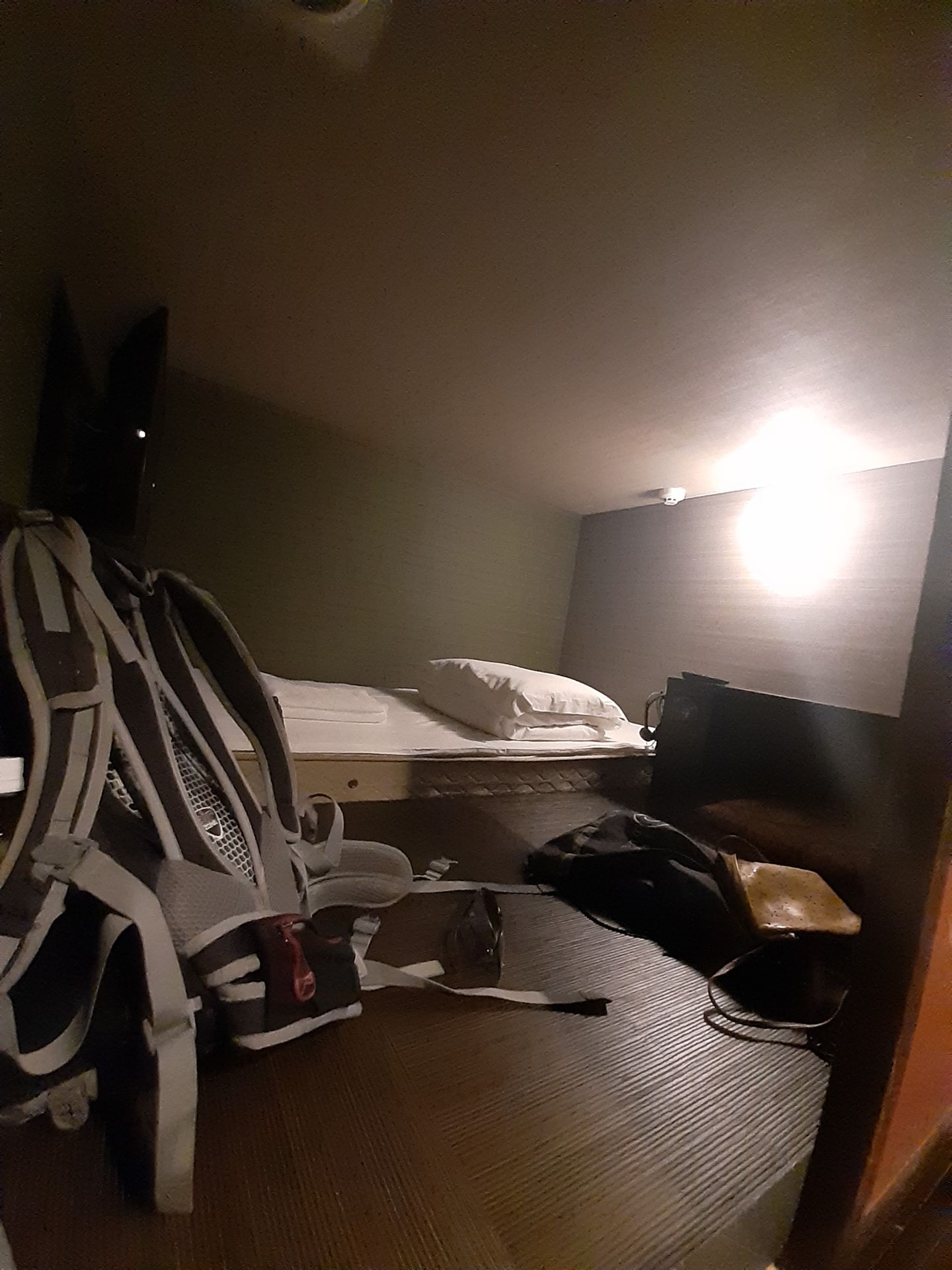
Абонирайте се за бюлетин
Отговор
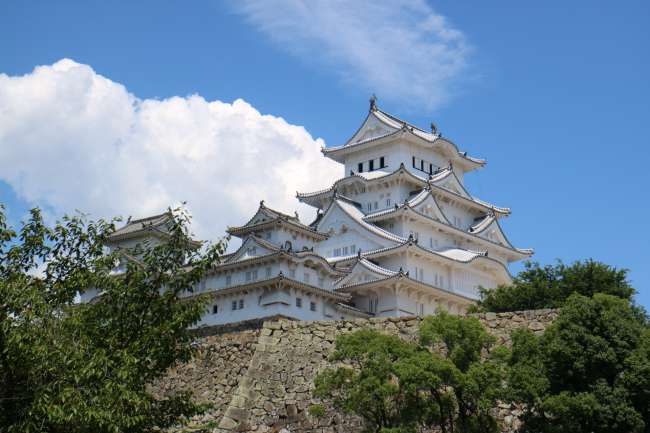
Отчети за пътуване Япония
